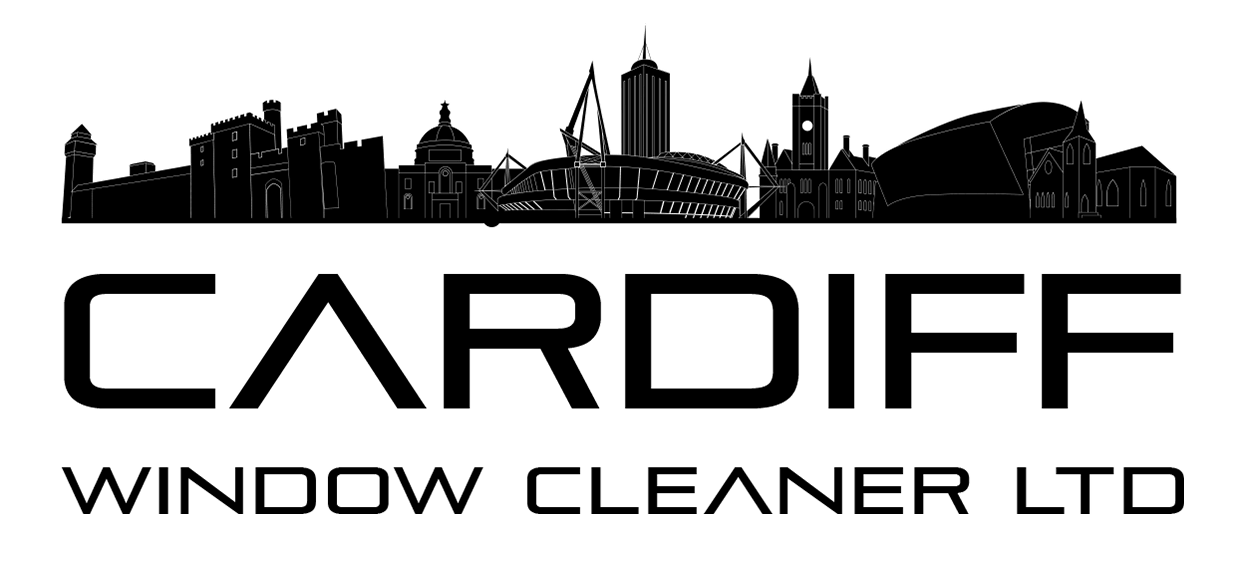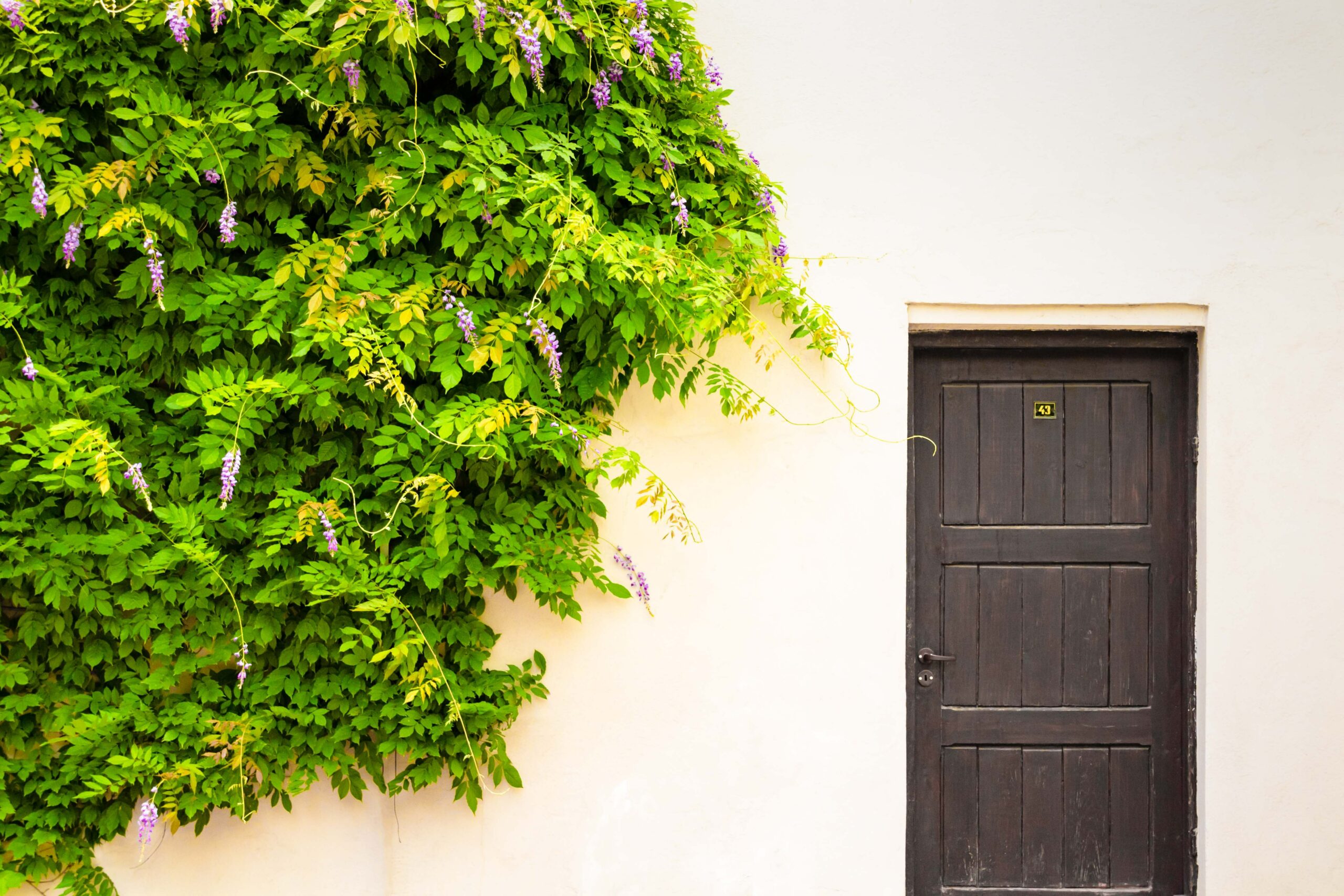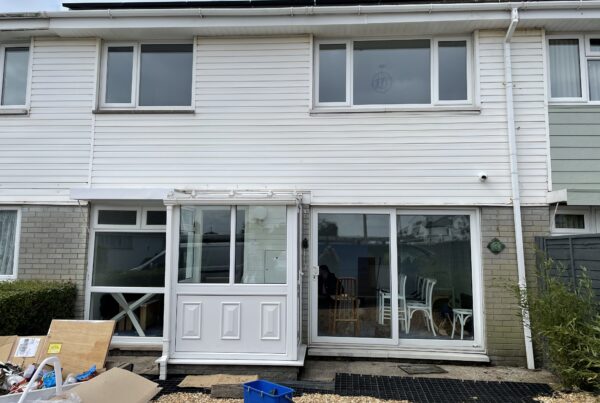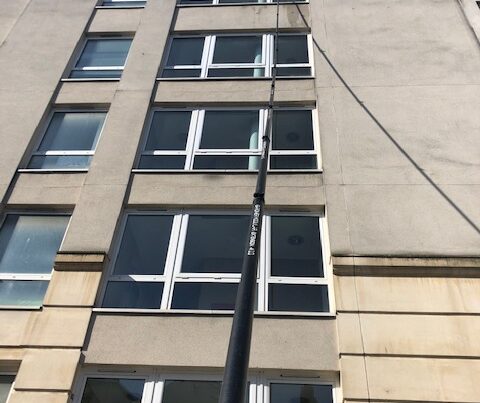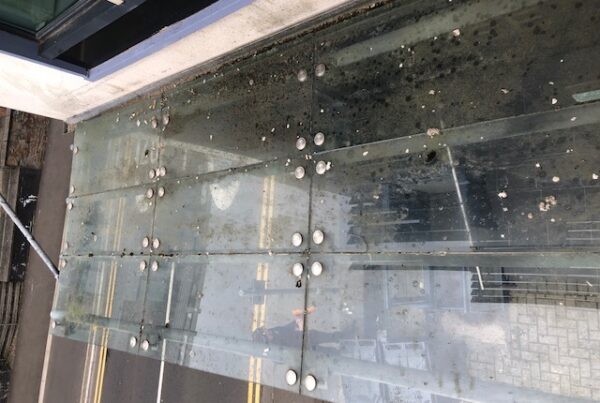There’s nothing more satisfying than beautifully crisp and clean rendered walls, and nothing more disappointing than when they become dull, drab, grimy or covered in algae.
Many people think the only way to restore rendered walls to their former glory is to paint the surface or replace the render. This isn’t the case, however. We use environmentally friendly products that will let you have your rendered walls looking like new again.
Proper maintenance of your render will keep your building protected from the elements as well as helping the render stay looking good for longer. However, over time, algae or grime from traffic and air pollution will inevitably mean that you’ll need to clean the render. It is possible to tackle it yourself although we would recommend contacting experts with the equipment and expertise to do the best job.
Read on to find out everything you need to know about how to clean rendered walls.
How To Clean Render
There are a couple of options for cleaning render, depending on the condition of the wall.
- Clean render using a sponge and brush
This approach can be successful for relatively clean render, perhaps for its annual ‘spring-clean’. Don’t scrub too hard on the surface to avoid causing damage. Use a mild detergent to aid the process – this will help remove stains.
- Clean render with a power/jet wash
Most companies that manufacture render recommend the use of a power or jet wash on the surface to remove more stubborn algae and stains. While many types of render are resilient to jet washing, it is not suitable for all types of render – we would recommend checking with the manufacturer prior to cleaning your render to make sure jet washing won’t damage the surface.
Once you are comfortable that power washing is appropriate for your render, make sure that you adjust the pressure of the jet wash to a suitable level so as not to damage the render during the cleaning process. (Turning it to a fan action as opposed to jet action is less likely to cause damage to the render.)
Use in conjunction with a mild detergent to help get the render sparkling clean. Power washing should clear the surface of discolouration from algae and general weathering.
- Re-render
If you’ve been unable to clean an area of the render using the two methods, it may be that a patch of it needs to be re-rendered. This is only recommended if you’ve been unable to clean it or it is damaged, as it’s unlikely that a new patch of render would match the rest of the wall.
How To Clean Algae Off Render
If you have algae stains on your render, we would recommend applying biocide to the wall before you clean it. This will kill the algae and make residue easier to remove.
We would recommend then taking one of the approaches outlined above to deal with algae on your render – using method 1 (sponge and brush with detergent) if the algae staining is mild, and method 2 (jet wash) if you have more serious discolouration.
Once you have successfully cleaned your render of algae, a further layer of biocide can help seal the surface against regrowth – it’s important to take steps to stop it returning in the years to come.
As well as algae causing your render to discolour, it can also damage the render itself. Over time this can cause more than just aesthetic issues – it may lead to the property needing to be re-rendered.
A further effective preventative step is to apply an annual coat of biocide wash, which can prevent algae growing back on your render once you have cleaned it off.
(Similarly, if you have issues with fungi on your render it’s a good idea to apply an annual coat of fungicide.)
How To Clean Render Before Painting
If you have a rendered wall that needs painting, the first step is to prepare the render properly.
Clean the render – remove any dirt or remnants of flaky paint, and clean the existing surface.
Prepare the paint – make sure that it is suitable for external walls, stir it to ensure the consistency is correct and make sure your brushes and rollers are clean.
As with the other methods discussed, we’d recommend treating the wall with biocide once painted and dry to help seal and protect the render against mould and algae regrowth.
It’s important to take the right approach to cleaning your render to avoid causing any damage. If you have any doubts, lack the right equipment or are not sure how to go about it, it’s always best to consult with an expert like Cardiff Window Cleaner Ltd. If you need any assistance or advice with cleaning your render, contact us and we’ll be happy to help.
